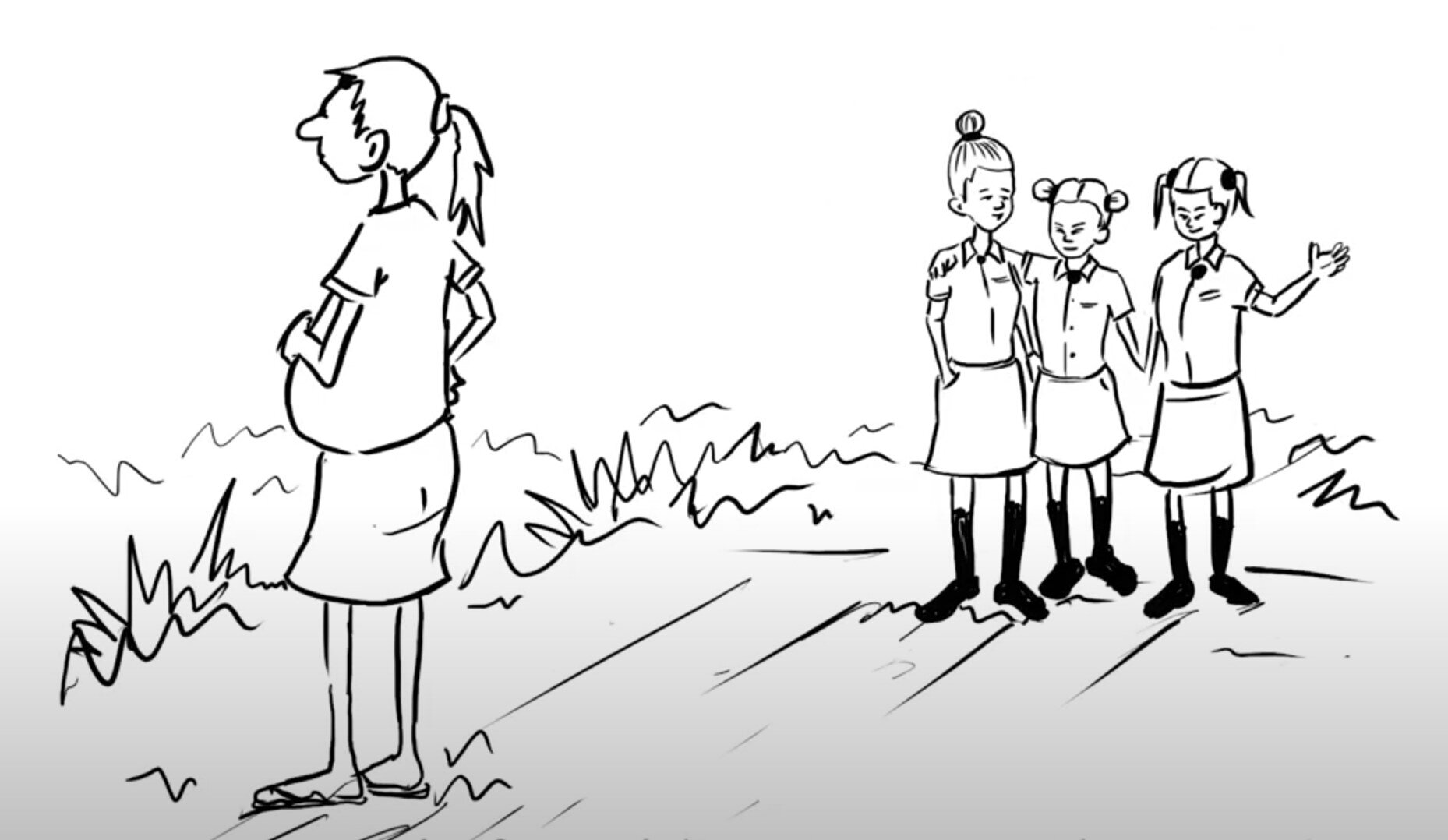
Children with primary nocturnal enuresis may have vitamin D insufficiency and deficiency as well as vitamin B12 deficiency, according to a study published online June 10 in Annals of Medicine.
Hoda Atef Abdelsattar Ibrahim, from Cairo University, and colleagues examined the prevalence of vitamin D and vitamin B12 deficiencies in enuretic children. The analysis included 288 children seen at an outpatient clinic for nocturnal enuresis.
The researchers found that vitamin D insufficiency predominated (48.3%), while vitamin D deficiency was present in 31.3%. Vitamin B12 deficiency was seen in 25% of children. There was a stronger inverse correlation between vitamin D and the number of enuresis episodes per day than vitamin B12. A cutoff of 13.7 ng/mL for vitamin D was identified, below which failure to have dry nights was predicted. Protective factors for the absence of dry nights were higher vitamin D levels and behavioral treatment coexistence.
“Vitamin D insufficiency may be the most prevalent vitamin D abnormality in children with primary nocturnal enuresis. Vitamin D insufficiency may be more common in children with severe enuresis than vitamin B12 deficiency,” the authors write. “This study may invite further research to examine the possible use of vitamin D and vitamin B12 as potential adjuvant therapies for children with primary nocturnal enuresis.”
More information:
Hoda Atef Abdelsattar Ibrahim et al, Vitamin D and vitamin B 12 profiles in children with primary nocturnal enuresis, an analytical cross-sectional study, Annals of Medicine (2024). DOI: 10.1080/07853890.2024.2352030
2024 HealthDay. All rights reserved.
Citation:
Vitamin deficiencies common in children with nocturnal enuresis (2024, October 1)
retrieved 6 October 2024
from https://medicalxpress.com/news/2024-10-vitamin-deficiencies-common-children-nocturnal.html
This document is subject to copyright. Apart from any fair dealing for the purpose of private study or research, no
part may be reproduced without the written permission. The content is provided for information purposes only.


